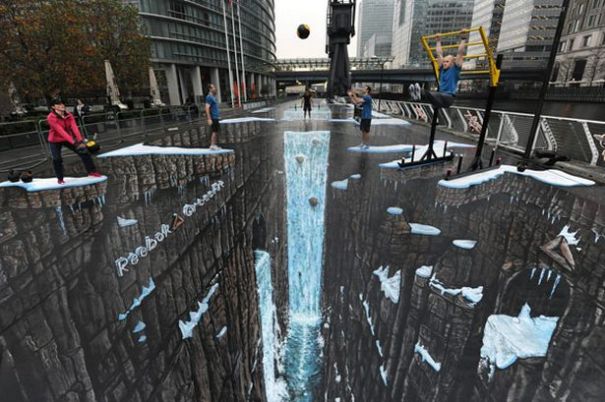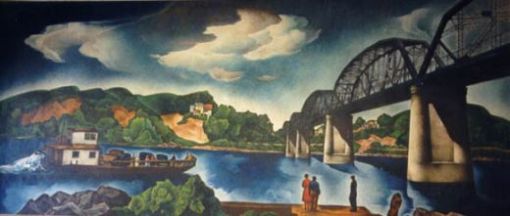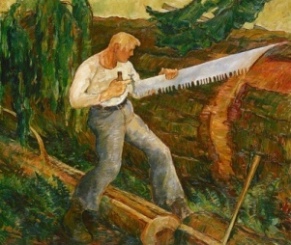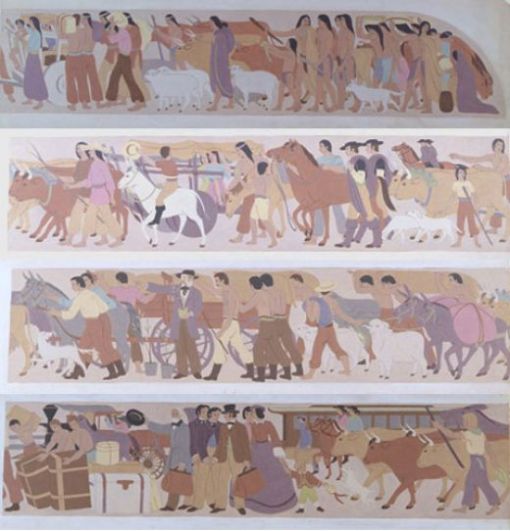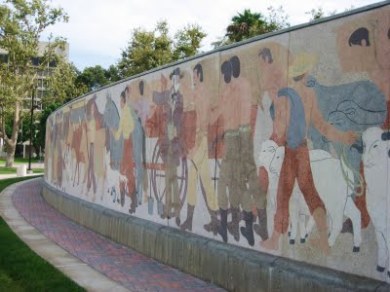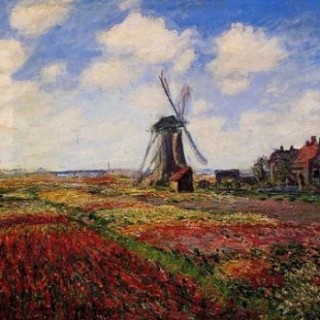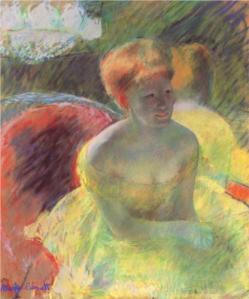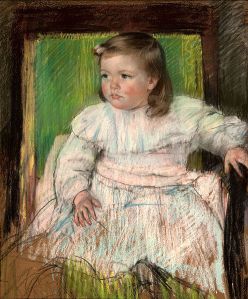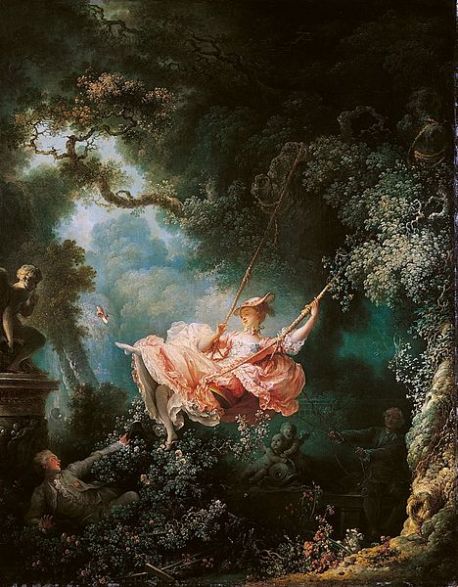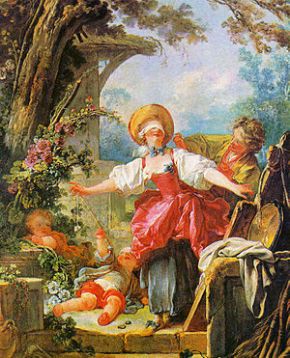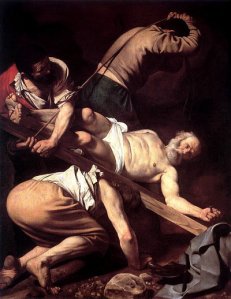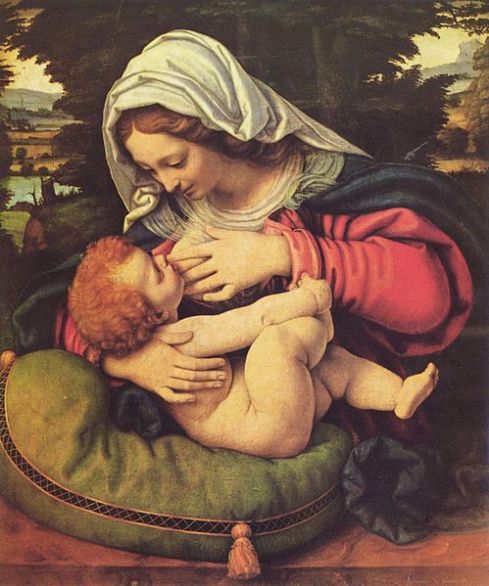For this blog post I chose to research “African Body Art” also referred to as “body adornment.” In Africa, body art is used as a way for people to expresses themselves, their spiritual beliefs, social status, and their ethnic affiliation. Body adornment is displayed in a variety of ways including: body piercing, tattoos, body painting, scarification, and unique hairstyles. I really learned a lot of interesting things while researching this topic, I enjoy learning about other cultures and their definitions of beauty (which are often so different from our views in America) and I am excited to share with you what I have learned! So, here it goes….
This first image is of a Surma woman. In Surma, both men and women shave their heads as a symbol of beauty
(SO different from our Western views of long “Herbal Essence” hair!) Even more interesting, women pierce and gauge (or stretch) their lower lip and insert a plate. The larger the plate, the more appealing the woman. What is even more significant is that the plate has meaning. These plates represent the number of cattle required for the womans dowry. In this particular picture, this plate is worth 75 cattle. Again, it is interesting because this is so different then our view in America where gauged or stretched piercings are often seen as a “punk-like” thing to do and they serve no purpose.
Another tradition of the Surma tribe is body painting as a means of self expression. This can also be seen in America where
we use tattoos as a means of self-expression. Body painting begins early in life as children mock what they see their parents doing.
Also, body painting is used as a way for people to show their relationship to one-another. In this case, the three children have painted their faces the same as a way to symbolize their friendship.
Since it is difficult to tattoo African skin, they used “body scarification” as a means of permanent beautification. (Interesting, because in America we tend to view tattoos as ruining the beauty of the human body). Body scarification is done by cutting the skin to create permanent scars.

What I enjoyed most about this section was seeing how the definition of beauty varies so much by culture. For more information on African body art you can look at the websites that I used:



